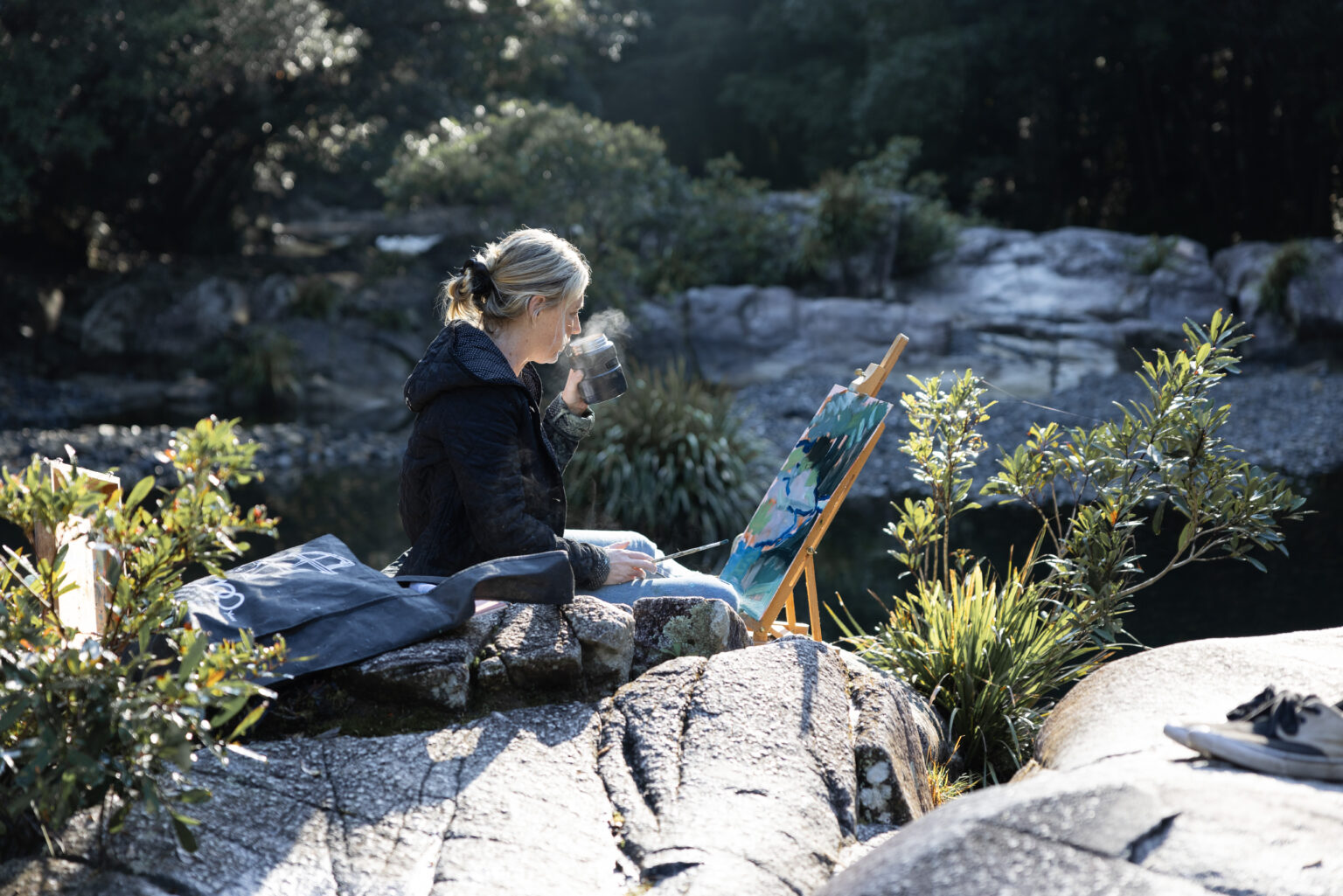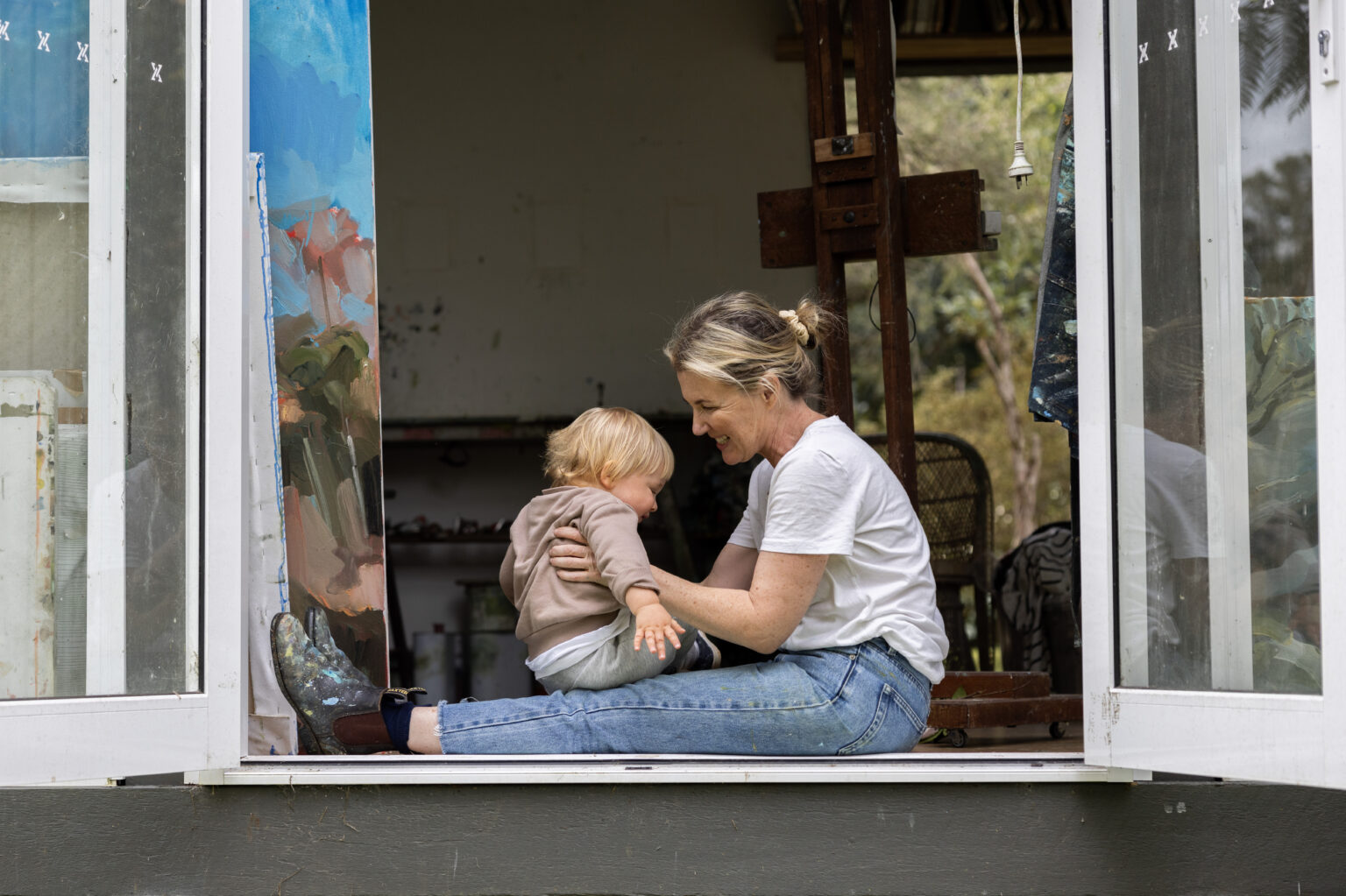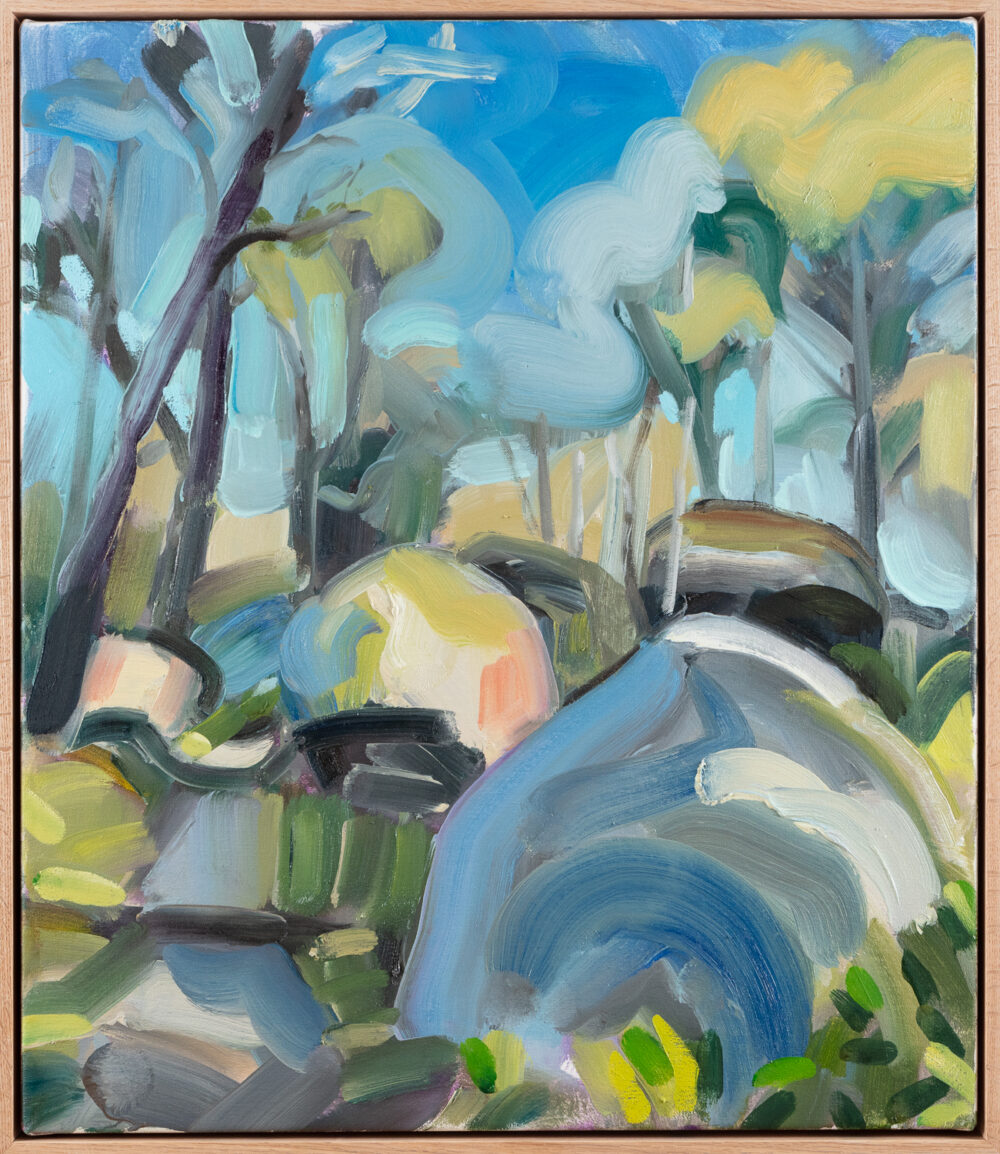Melanie Waugh
Melanie Waugh is a painter of landscapes, but not the polite, manicured kind. Her brush strokes are quick and confident, capturing not just a scene but a sensation—a moment when the air is thick with heat, or the earth, newly wet, clings to your boots. Her recent work, exhibited at Michael Reid Southern Highlands under the title High Country, is rooted in the rugged terrain of Cathedral Rock National Park. Waugh’s paintings are not about nature as an abstract concept; they are about specific places that hold the weight of personal history. “I like painting places that are familiar to me or special to me—places where I go to breathe,” she says, and the viewer, too, feels drawn into this inner geography.
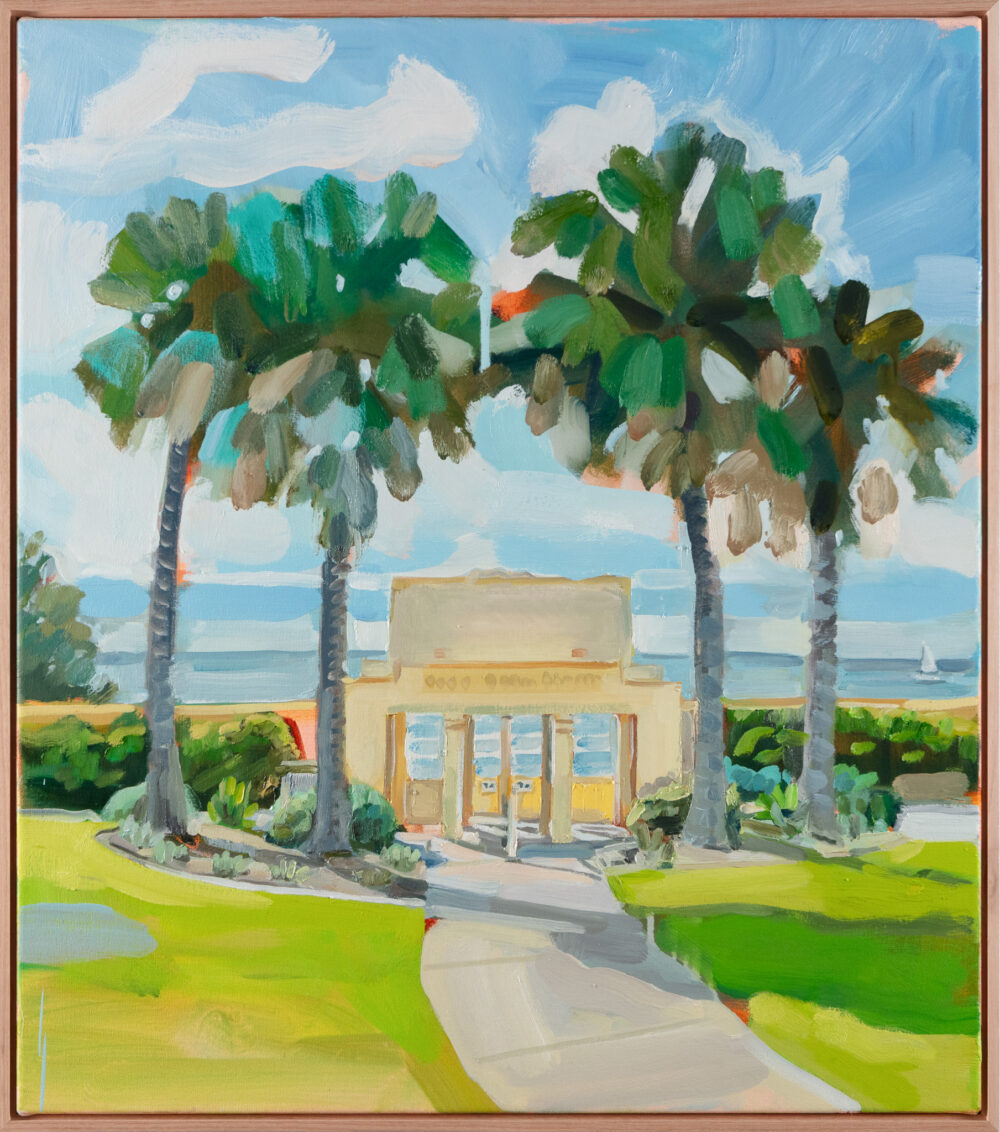
Melanie Waugh
Oak Park, 2025
85 x 75 cm
$2,800
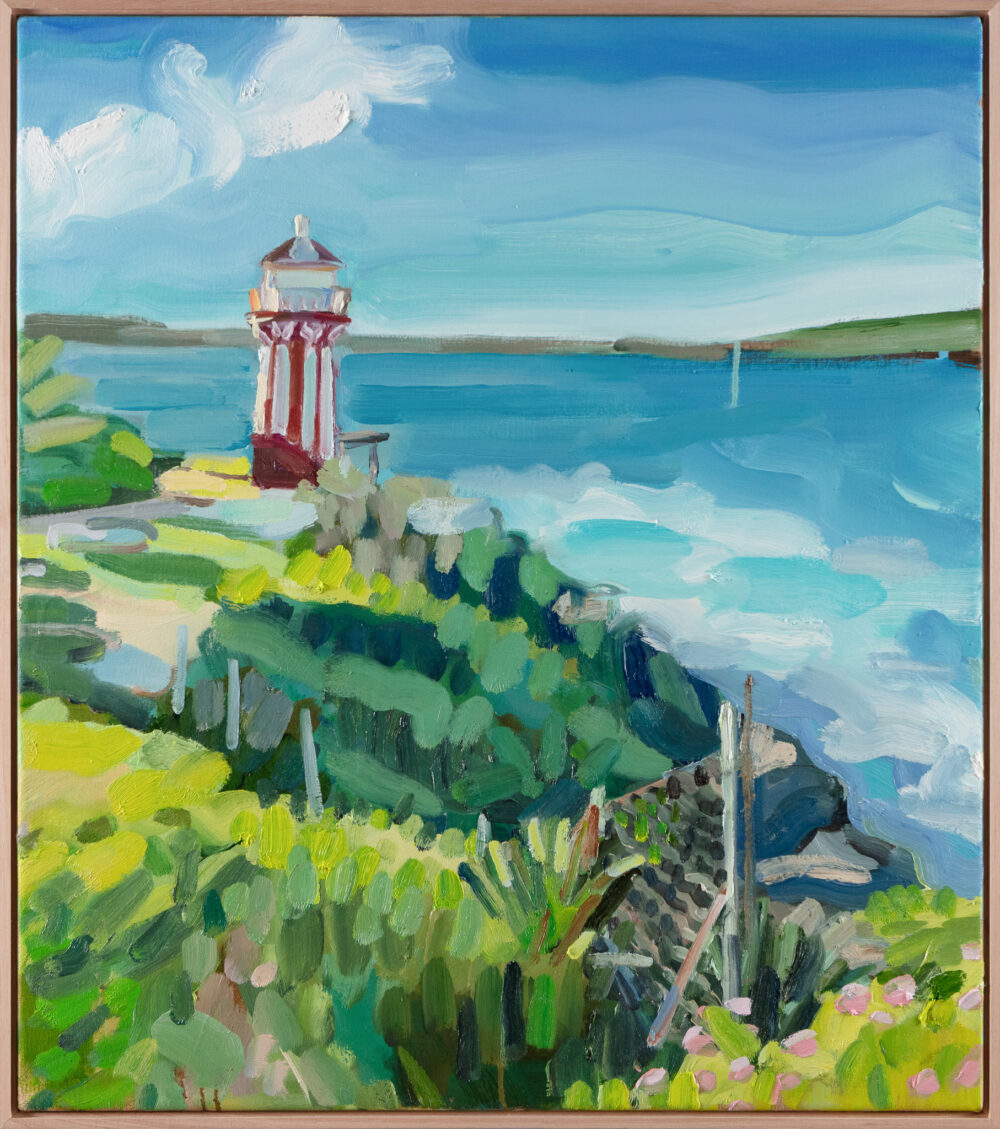
Melanie Waugh
Hornby Lighthouse, 2025
85 x 75 cm
$2,800
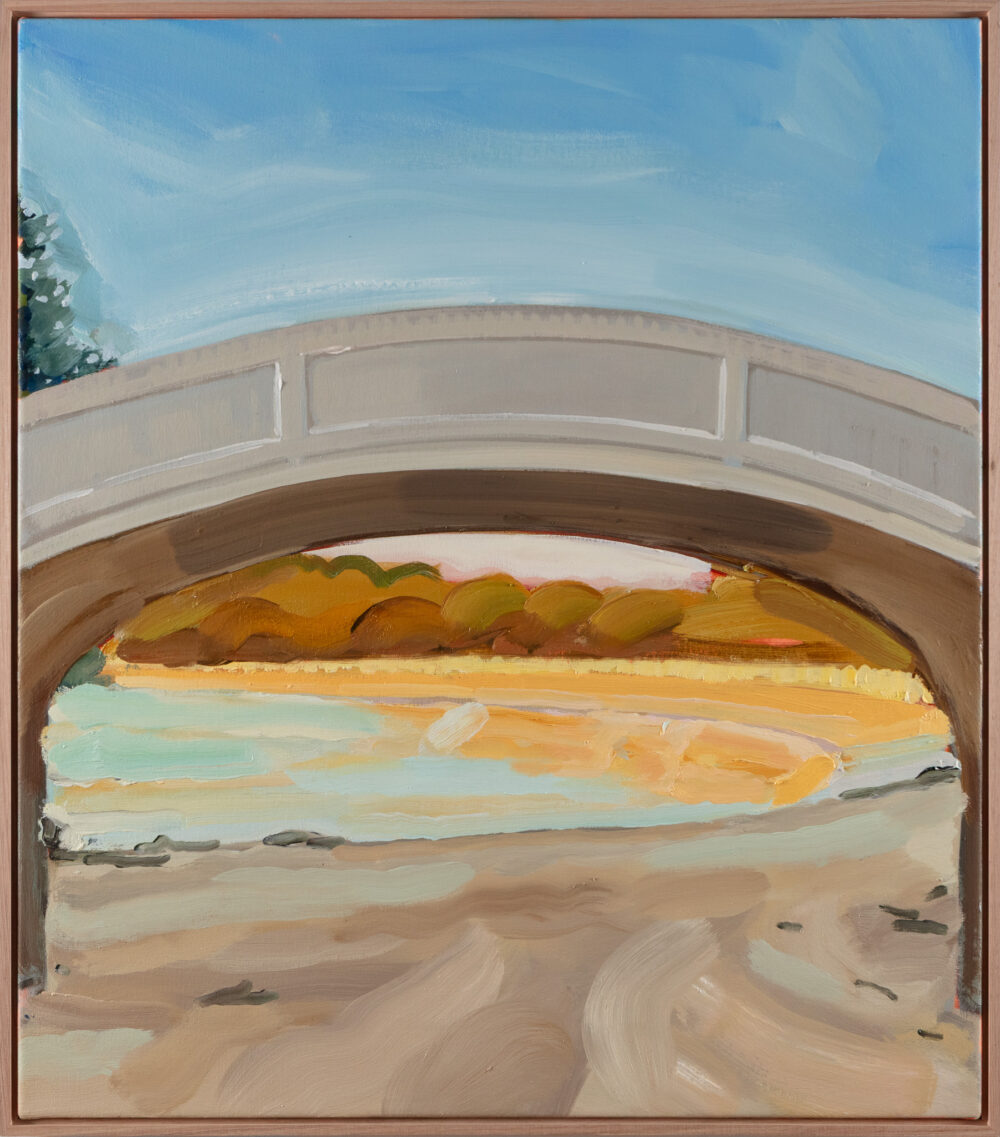
Melanie Waugh
Balmoral, 2025
85 x 75 cm
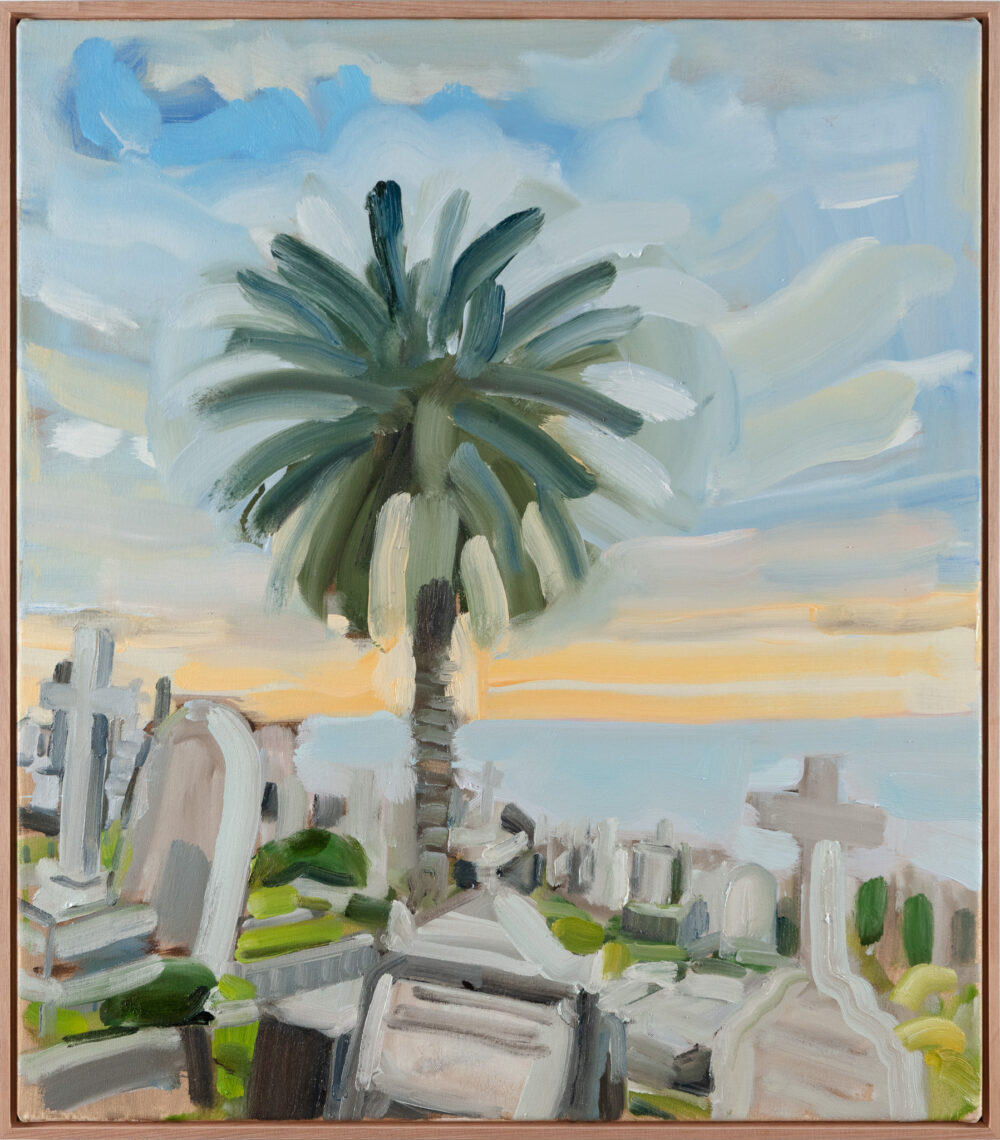
Melanie Waugh
Clovelly, 2025
85 x 75 cm
$2,800
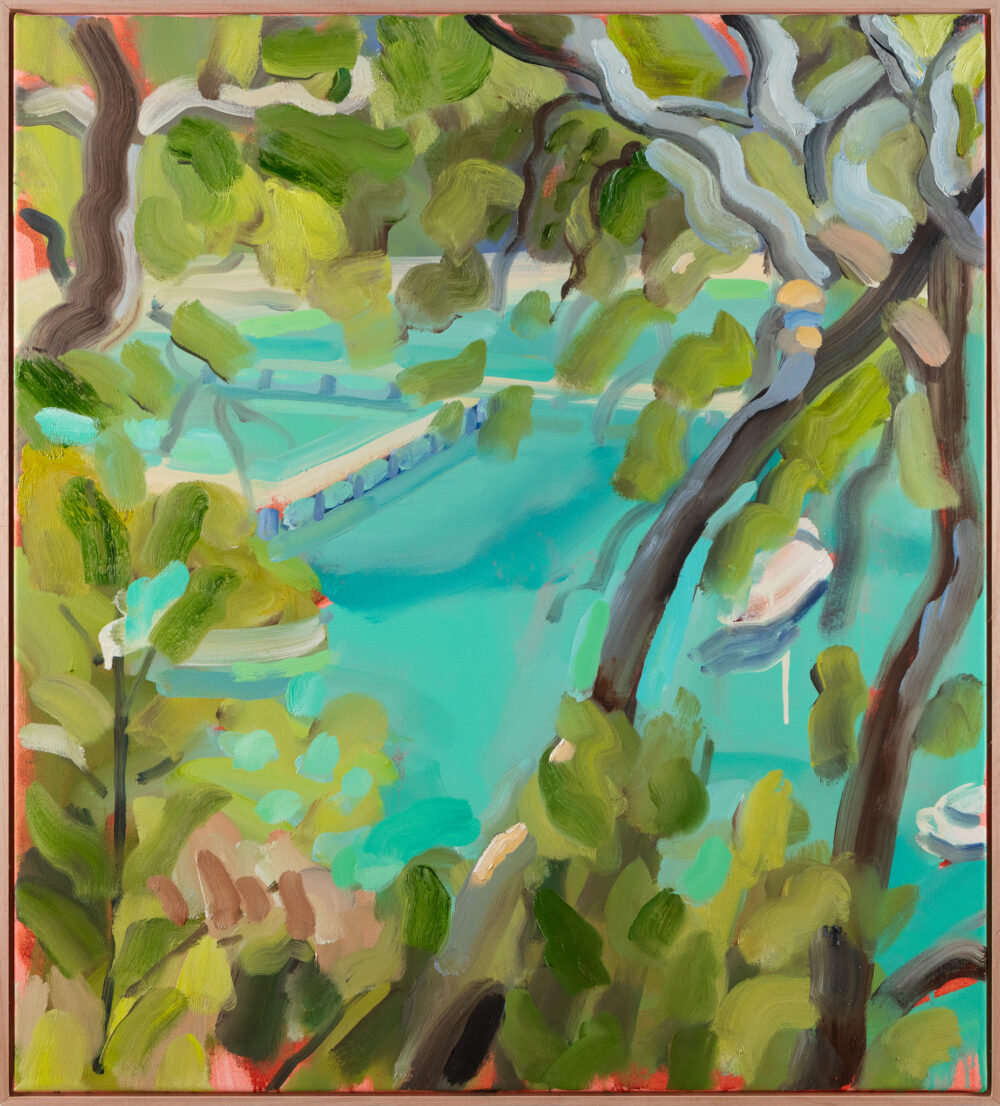
Melanie Waugh
Clifton Gardens, 2025
105 x 95 cm

Melanie Waugh
Rotunda at Balmoral, 2025
105 x 95 cm
$4,900

Melanie Waugh
Sydney to Hobart, 2025
125 x 105 cm
SOLD
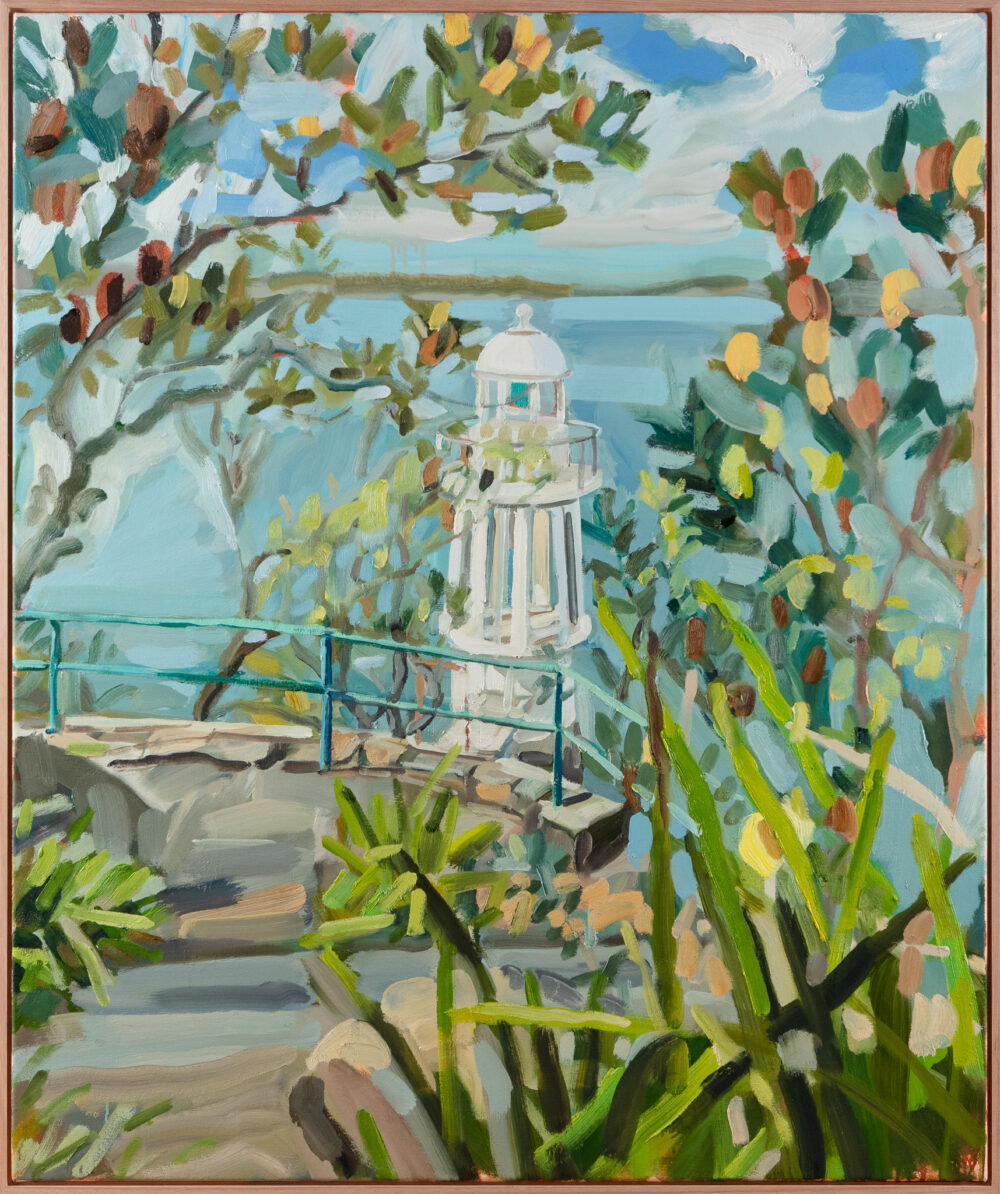
Melanie Waugh
Robertsons Point Lighthouse, 2025
125 x 105 cm
